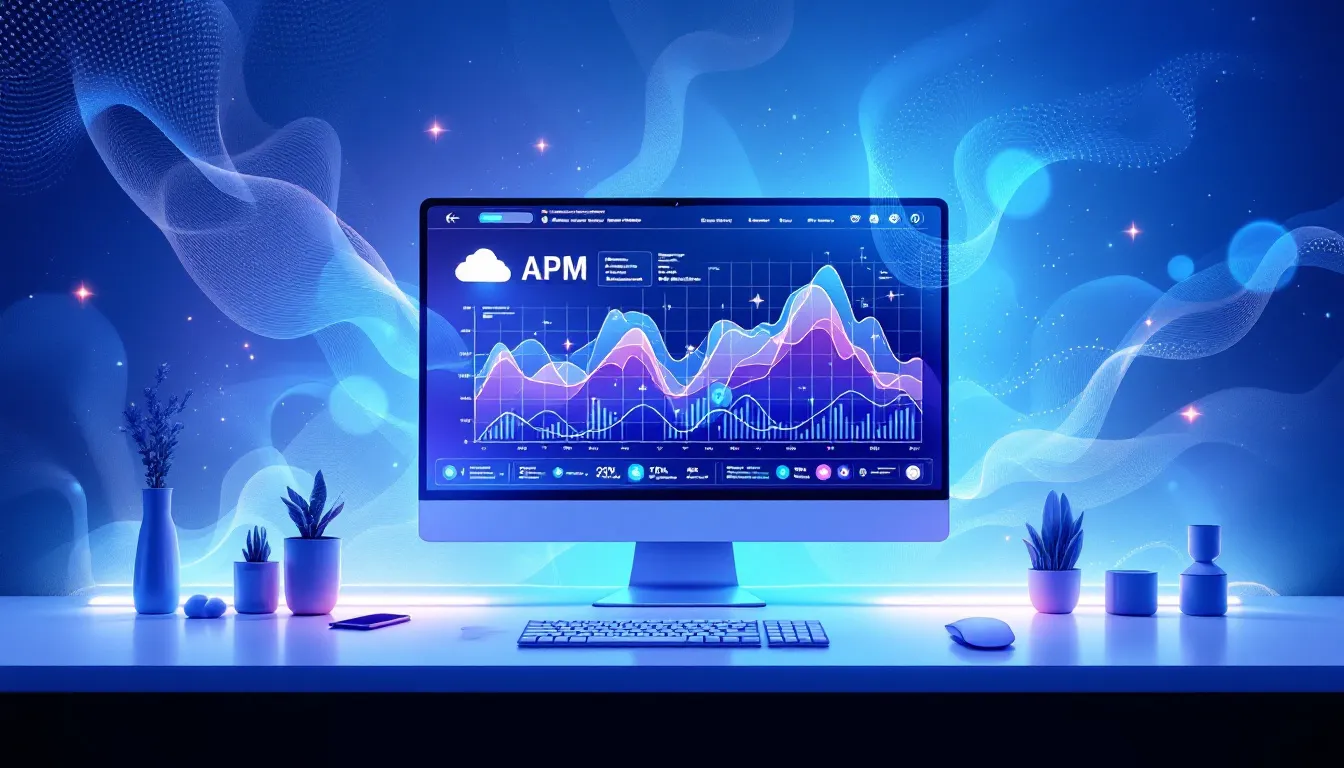AIOps combines AI with IT operations to improve efficiency, but it comes with security risks. Here's what you need to know:
- AIOps processes sensitive data, increasing privacy concerns
- Complex IT environments make security more challenging
- Cyber attacks are becoming more sophisticated
- Compliance with data protection laws is crucial
Key security issues in AIOps:
- Data safety and privacy
- Threat detection
- Compliance
- Integration with existing security tools
- Human error due to lack of training
Solutions to improve AIOps security:
- Use strong encryption and access controls
- Train AI to detect threats faster
- Implement compliance monitoring
- Integrate security tools
- Invest in staff training
| Challenge | Solution |
|---|---|
| Data privacy | Encryption, access controls |
| Threat detection | AI-powered monitoring |
| Compliance | Automated rule checking |
| Integration | Connect all security tools |
| Human error | Regular staff training |
By addressing these challenges, companies can harness the power of AIOps while keeping their systems and data secure.
Related video from YouTube
Main Security Issues in AIOps
AIOps is powerful, but it comes with security challenges. Let's break down the key issues:
Data Safety and Privacy
AIOps systems crunch tons of data, including sensitive stuff. That's a big privacy risk.
Adobe found that 58% of tech leaders lost up to 4 hours daily due to tech issues in 2023. AIOps could help, but it needs access to potentially sensitive system data.
To tackle this:
- Use strong encryption
- Set up strict access controls
- Anonymize data where possible
Threat Detection
AIOps can spot threats faster than humans, but it needs the right setup.
Security teams should:
- Fine-tune AIOps tools beyond defaults
- Help AIOps prioritize alerts by identifying critical data flows
Compliance
AIOps users must follow data laws like GDPR and HIPAA. It's tricky when AI needs lots of data to work well.
Key tip: Only collect what you really need. It cuts risk and helps follow rules.
Integration with Existing Security
AIOps needs to work with your current security tools. This can be a challenge:
| Issue | Fix |
|---|---|
| Integration problems | Ensure AIOps connects with firewalls, SIEM, etc. |
| Alert conflicts | Set clear alert priorities |
| Data silos | Create a unified data pipeline |
Human Factor
AIOps is complex. Without training, staff can make big mistakes.
Gartner predicts 75% of large companies will hire AI behavior experts by 2023.
To address this:
- Invest in AIOps security training
- Create clear AI tool procedures
- Test and update security protocols regularly
Fixing AIOps Security Problems
AIOps security isn't perfect. But don't worry - there are ways to fix it. Here's how:
Lock Down Your Data
First things first: protect your data. Use strong encryption and limit who can access what.
| Do This | Why It Matters |
|---|---|
| Encrypt everything | Keeps data safe if someone breaks in |
| Use access controls | Only the right people see sensitive info |
| Go zero-trust | Trust no one, verify everyone |
Spot Threats Faster
Next up: use AI to catch bad guys quicker.
Train your AI with real-world data. Teach it to spot weird behavior. Then, set up automatic responses for common threats.
Follow the Rules
Data laws are a pain, but you gotta follow them. Use AI to help:
- Sort your data (what's sensitive, what's not)
- Watch for rule-breaking
- Make reports for the bosses
Connect Your Tools
Don't let your security tools work alone. Hook them up:
| Tool | What It Does |
|---|---|
| SIEM | Sees the big picture |
| Firewalls | Blocks bad stuff automatically |
| EDR | Watches your computers |
Level Up Your Team
Finally, make your people smarter:
- Train them on AIOps security
- Use AI for practice runs
- Give them AI helpers for tough jobs
Do all this, and your AIOps security will be WAY better.
sbb-itb-9890dba
Tips for Safe AIOps Use
Building in Security from the Start
Don't wait to add security to your AIOps system. Bake it in from day one.
Here's how:
- Map all data flows
- Spot sensitive info
- Set up strong access controls
It's cheaper and easier to build security in early. Don't bolt it on later.
Regular Security Checks
Keep an eye on your AIOps setup. Check it often:
| What | When | Why |
|---|---|---|
| Access logs | Weekly | Spot odd activity |
| Data quality | Monthly | Keep data clean |
| AI model performance | Quarterly | Watch for drift or bias |
Do a full security audit yearly. Bring in experts if needed.
Always Watching and Improving
Threats change. Your security must too.
1. Monitor constantly
Set alerts for:
- Weird data access
- Sudden AI behavior shifts
- New tech vulnerabilities
2. Learn from problems
When things go wrong:
- Find the cause
- Boost your defenses
- Train your team on new risks
3. Stay in the know
Keep tabs on:
- New AIOps security tools
- Fresh threats in your field
- Data privacy law updates
What's Next for AIOps Security
AIOps security is evolving fast. Here's what's coming:
AI-Powered Threat Detection
By 2025, AI will be better at:
- Spotting network oddities faster
- Predicting attacker moves
- Stopping attacks pre-emptively
IBM's Watson for Cyber Security already shows this in action.
Smarter SIEM Solutions
SIEM tools are getting AI upgrades for:
- 24/7 IT monitoring
- Real-time threat detection
- Automated problem-solving
This helps with security and compliance.
Stronger Cloud Security
As cloud use grows, so does security. Future AIOps will:
- Monitor cloud systems constantly
- Improve data encryption
- Tighten access controls
Zero Trust Becomes Standard
Zero Trust means trusting no one by default. It will:
- Check every data access request
- Always verify user identities
- Help prevent data breaches
Countering AI-Powered Attacks
Attackers use AI too. In 2023, Google faced a 398 million requests/second AI attack. AIOps will fight back by:
- Learning from new attacks quickly
- Adapting defenses in real-time
- Using AI to detect AI-generated phishing
What This Means for You
1. Embrace AI
Start learning about AI in security now.
2. Review cloud security
Strengthen your cloud defenses.
3. Adopt Zero Trust
Plan to verify every user, every time.
4. Keep learning
Stay updated on new AIOps and security tools.
Wrap-up
AIOps boosts IT security, but it's not perfect. Here's a quick look at the main issues and fixes:
Data Protection: AIOps deals with sensitive info. To keep it safe:
- Use strong encryption
- Control who can access what
- Check your data practices often
Threat Detection: AIOps needs good training to spot threats. To make it better:
- Use high-quality data for AI models
- Keep threat lists up-to-date
- Mix AI with human checks
Compliance: Following data rules is key. Here's how:
- Build rule-checks into AIOps
- Keep detailed records
- Stay on top of new regulations
Integration: AIOps must play nice with other security tools. To make this happen:
- Pick AIOps that works with lots of tools
- Test everything before you use it
- Train your team on the new setup
Skills Gap: AIOps needs special know-how. To fix this:
- Train your IT team
- Hire AIOps experts
- Get help from AIOps companies
AIOps security never stops. As Sanjay Srivastava from Genpact says:
"There's a fundamental distrust of a black-box approach, the one that says, 'Don't ask me why I came to the conclusion, but there's the answer.'"
To make AIOps work well and build trust:
- Set clear security goals
- Use tools that explain their decisions
- Keep checking and improving your AIOps security plan



